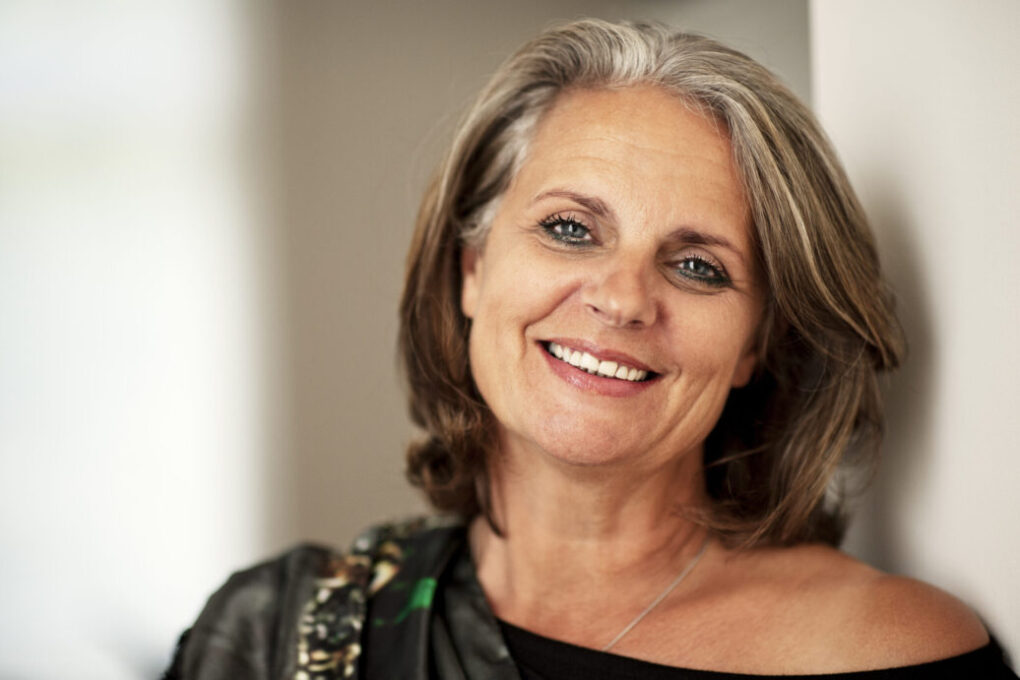Amancio Ortega: From Humble Beginnings to Global Fashion Mogul
Amancio Ortega Gaona, one of the richest men in the world, is a true embodiment of the rags-to-riches narrative. His life story is a testament to the power of perseverance, innovation, and visionary leadership. From modest beginnings in rural Spain to creating one of the most successful global retail brands, Ortega’s journey is a fascinating tale of entrepreneurial grit and forward-thinking.
Humble Beginnings
Born on March 28, 1936, in Busdongo de Arbas, a small village in northern Spain, Ortega came from a humble background. His father, a railway worker, and his mother, a housewife, were not wealthy, and their life was modest. Ortega’s early life was marked by economic hardship, which would go on to shape his business acumen.

At the age of 14, Ortega moved to the city of La Coruña in northwestern Spain, where he began working as a delivery boy for a local shirtmaker. His first exposure to the world of fashion was through the retail and garment industries, where he quickly learned the ropes of the business. With no formal business education, Ortega’s rise can be attributed to his sharp instincts and relentless drive.
The Birth of Zara
In 1975, Ortega co-founded the first Zara store in La Coruña with his then-wife Rosalía Mera. Zara was born out of Ortega’s desire to bring affordable, high-quality fashion to the masses. The concept was simple but revolutionary: fast fashion. At a time when the fashion industry was dominated by lengthy production cycles and seasonal trends, Ortega set out to change the game. His idea was to produce clothes that were not only stylish and of good quality but also quickly available in stores.
The core idea behind Zara was to create a vertically integrated supply chain, which allowed Ortega to control every aspect of production—from design and manufacturing to distribution and retail. This model gave Zara a competitive edge by drastically reducing lead times and allowing the company to respond to trends faster than competitors. Ortega’s ability to understand the importance of speed in fashion made Zara a household name almost overnight.
Over the years, Zara’s success expanded internationally, with stores opening across Europe, Asia, and eventually the Americas. By 1985, Zara had grown so quickly that it became a global brand. Ortega’s company, Inditex (Industria de Diseño Textil Sociedad Anónima), which owns Zara, became one of the largest fashion retailers in the world, with a network of stores in nearly 100 countries.
Leadership Qualities that Defined His Success
Amancio Ortega’s leadership style is often described as unconventional yet highly effective. He is known for his humility, attention to detail, and a relentless focus on efficiency. Despite his immense wealth, Ortega maintains a low-profile personal life, rarely giving interviews or appearing in public. His leadership can be broken down into several key qualities that have contributed to his success.
- Visionary Thinking: Ortega’s ability to foresee trends and innovate within the fashion industry was a key factor in Zara’s rise. He understood early on that the traditional model of fashion retailing, with its seasonal collections and slow production cycles, was outdated. By focusing on speed and flexibility, he was able to adapt to rapidly changing consumer preferences, which gave Zara a major edge over its competitors.
- Focus on Efficiency: Ortega revolutionized the supply chain by implementing a vertically integrated model. Unlike many competitors who relied on third-party suppliers, Zara controlled the entire production process in-house, allowing the company to deliver new designs to stores in a matter of weeks instead of months. This level of efficiency not only saved time but also reduced costs, making Zara’s clothes more affordable for consumers.
- Empathy and Team Building: Despite his quiet nature, Ortega is known for his deep empathy toward employees. He is known to have built strong relationships with his team, fostering a company culture of collaboration and trust. Ortega’s commitment to empowering his staff—whether in design, production, or retail—has been a driving force behind Zara’s continued growth.
- Risk-Taking and Adaptability: Ortega’s ability to take calculated risks has been another hallmark of his leadership. His decision to expand internationally at a time when many companies were hesitant to venture beyond their home markets paid off in a big way. Moreover, he showed adaptability when entering online retail in the early 2000s, ensuring Zara remained competitive in an increasingly digital world.
- Customer-Centric Approach: Ortega’s focus on consumer behavior has always been at the heart of Zara’s success. By closely monitoring sales data and store feedback, Zara was able to offer products that met the desires of its customers, often even before they knew they wanted them. This constant feedback loop allowed Zara to maintain its status as a trendsetter in the fashion world.
Legacy and Impact
Today, Amancio Ortega’s Inditex empire includes multiple brands such as Massimo Dutti, Pull&Bear, and Bershka, but Zara remains the flagship. Ortega’s leadership style and innovative approach to retail have left a lasting impact on the global fashion industry. As of 2024, he continues to be involved with Inditex, though he retired as CEO in 2005.
From humble beginnings to creating a multi-billion-dollar empire, Amancio Ortega’s story proves that with the right combination of vision, efficiency, and adaptability, it’s possible to transform not just a business but an entire industry. His leadership continues to inspire entrepreneurs and business leaders around the world, making him one of the most influential figures in modern retail.














Leave a Reply